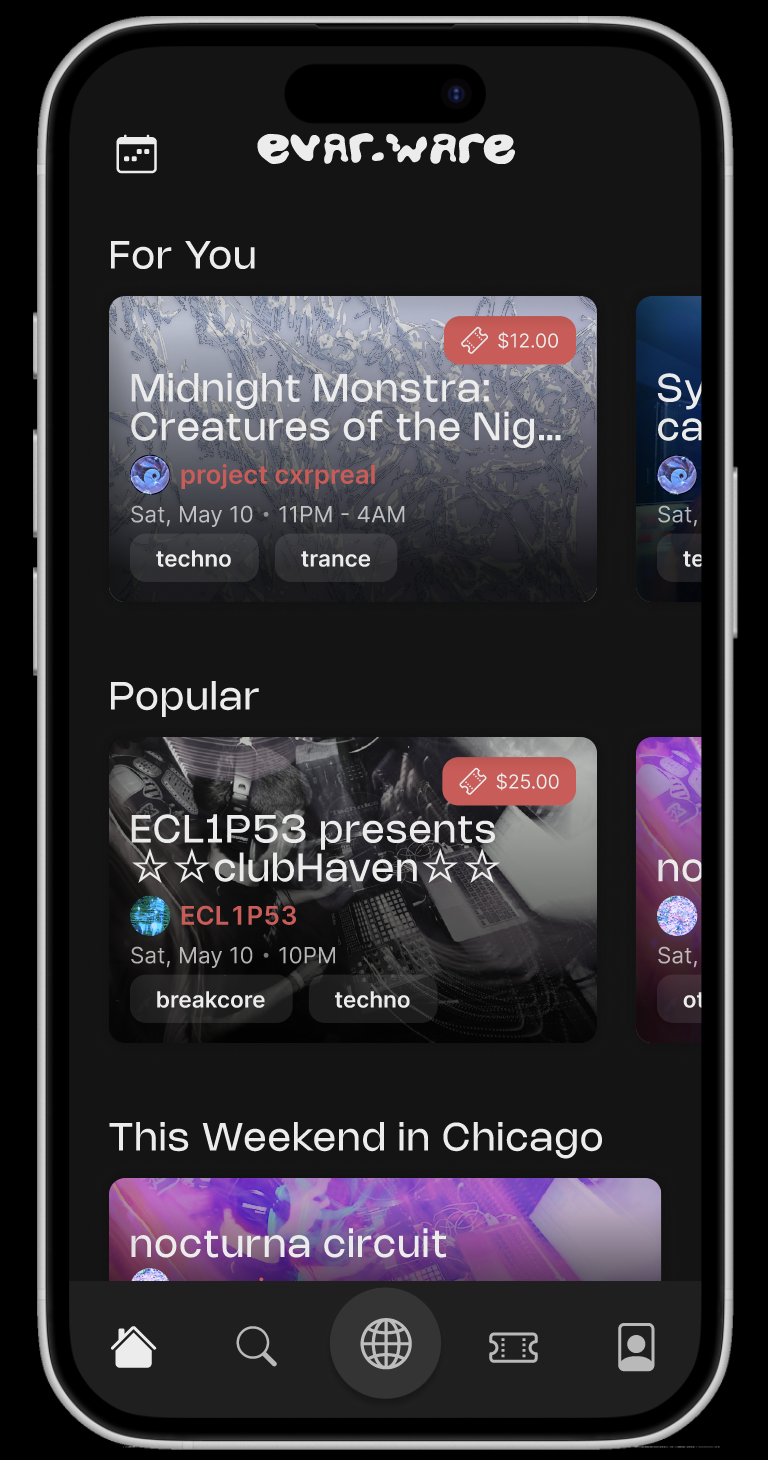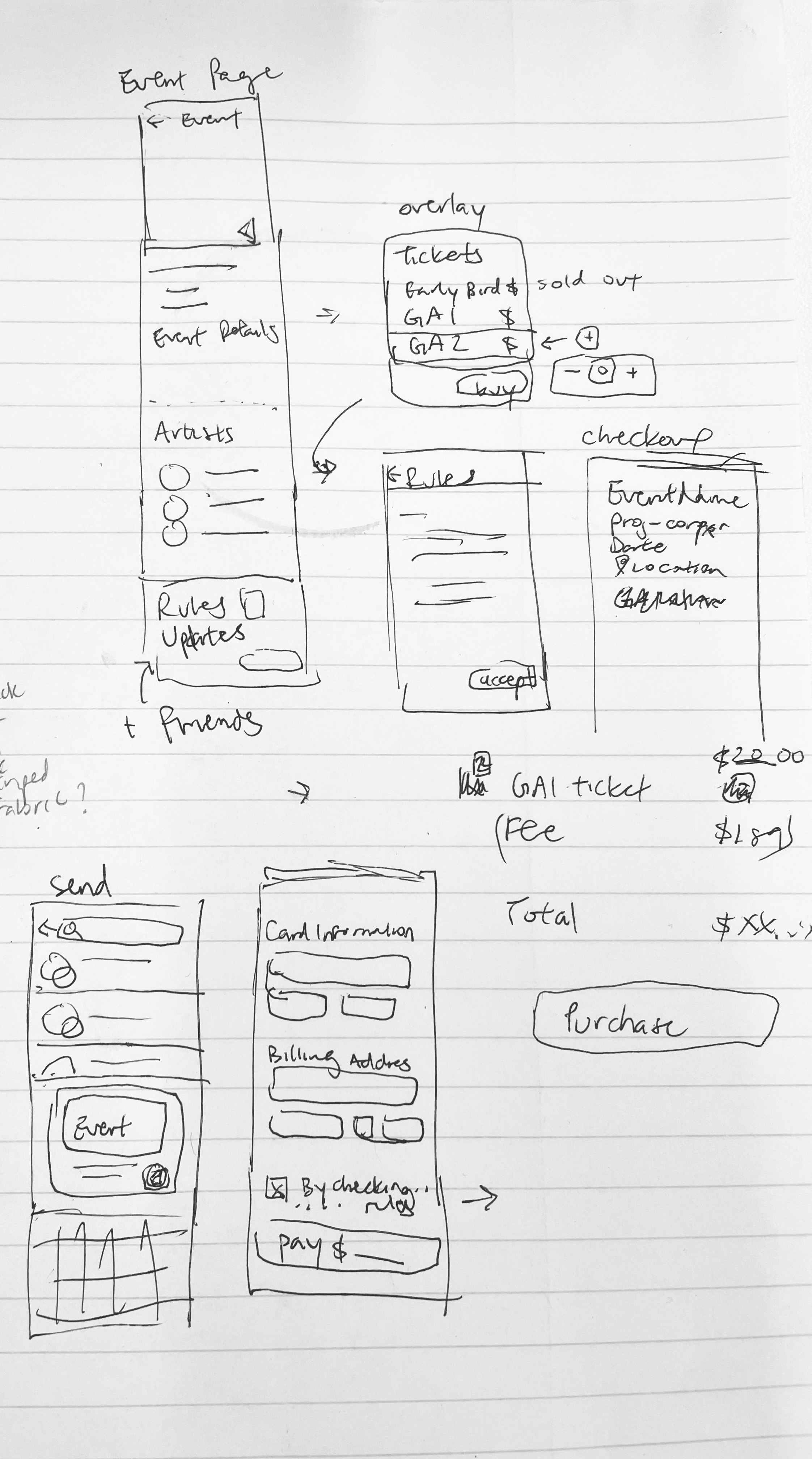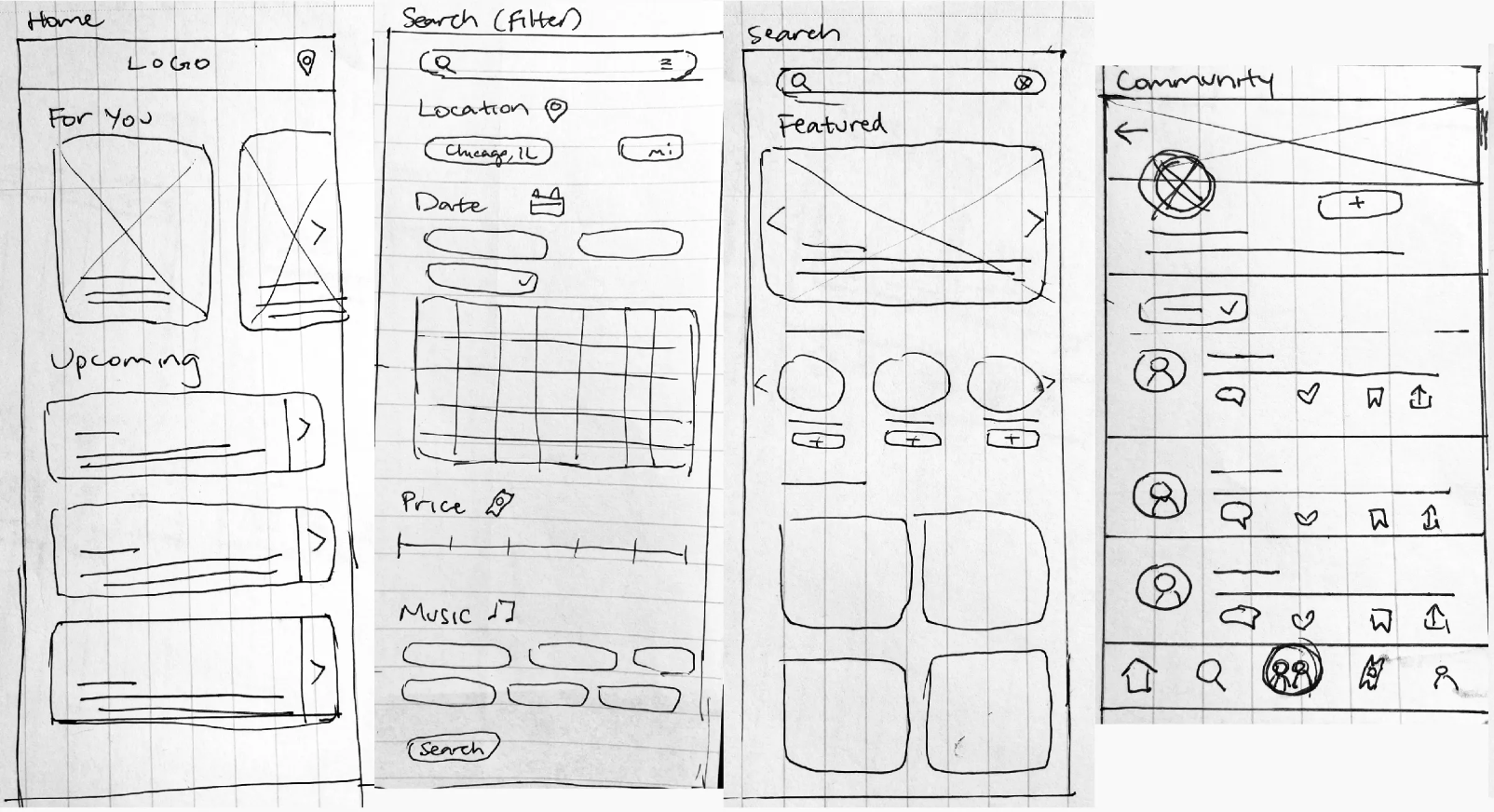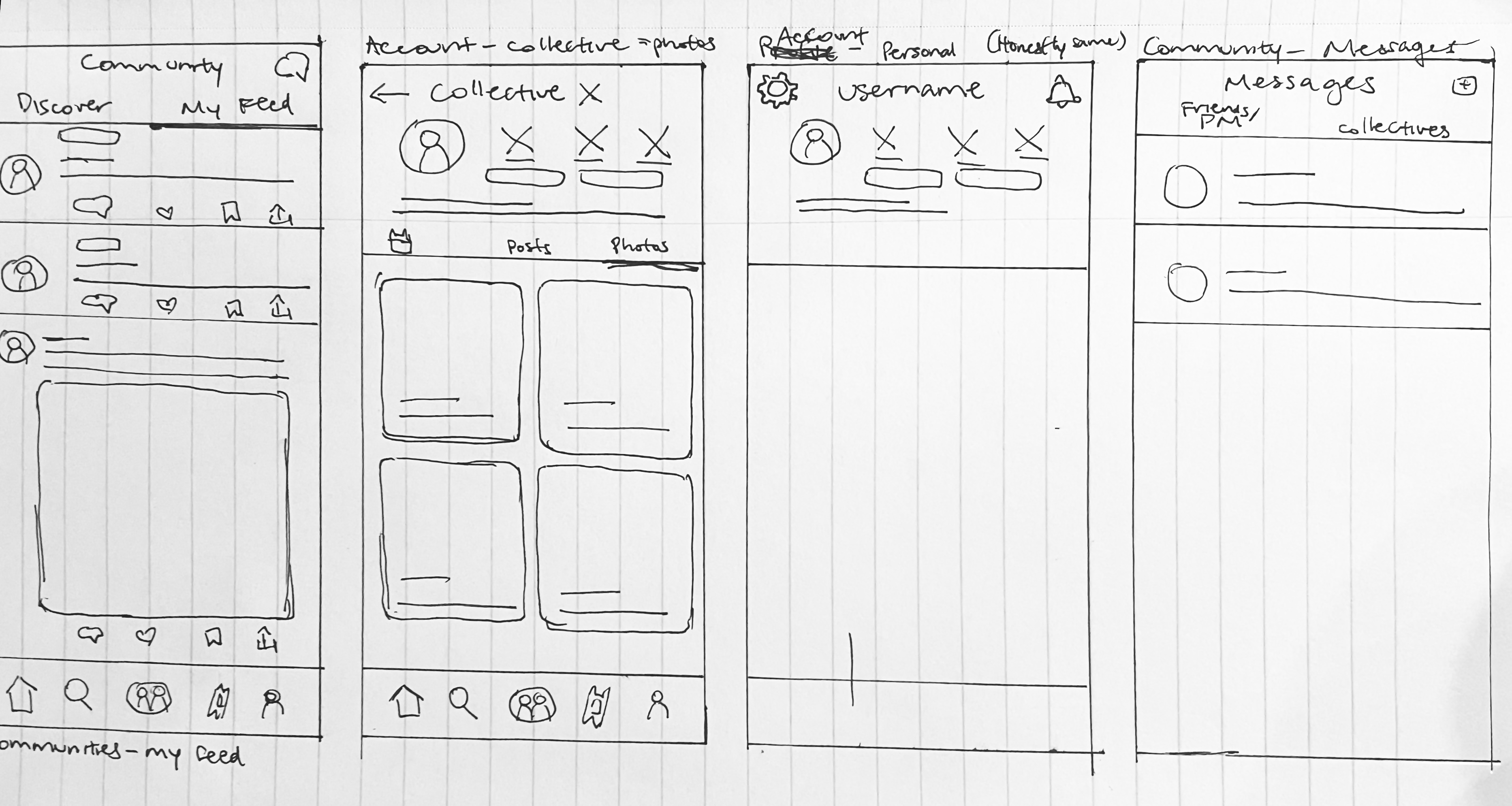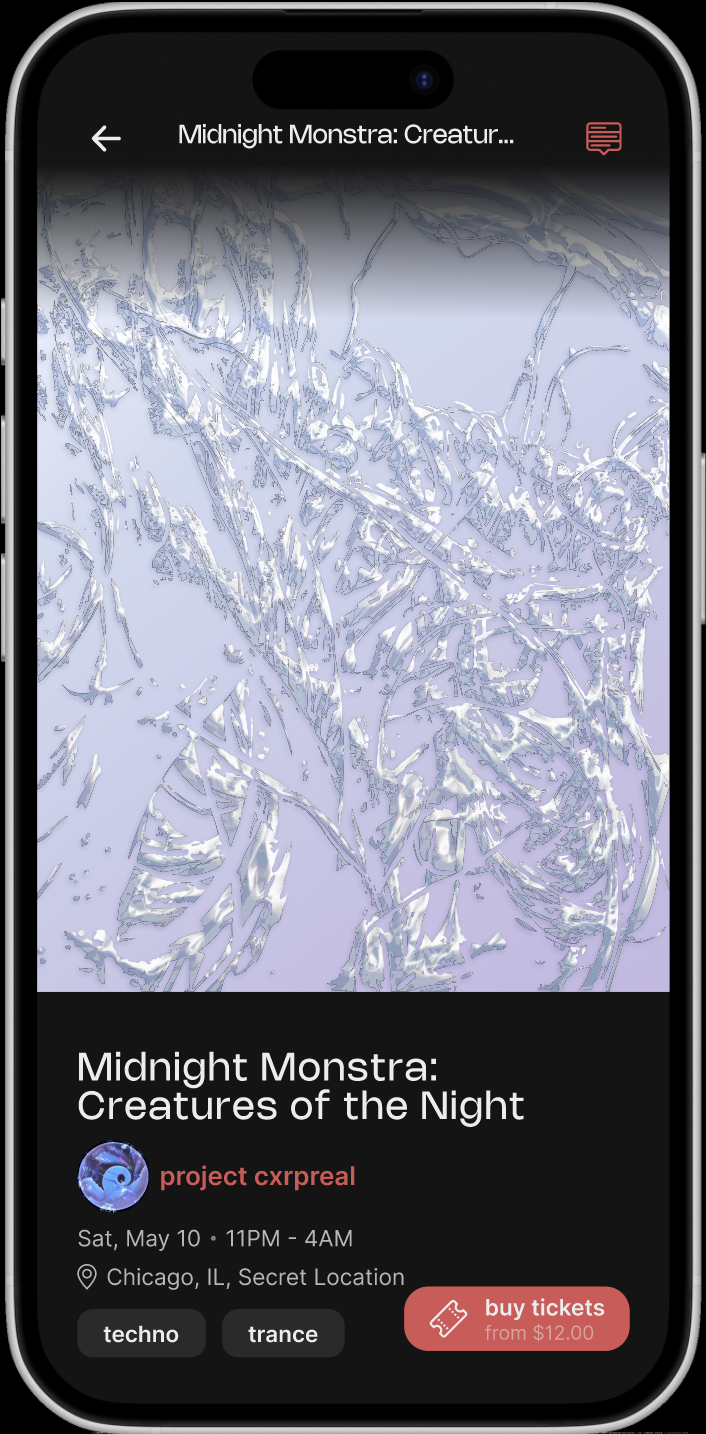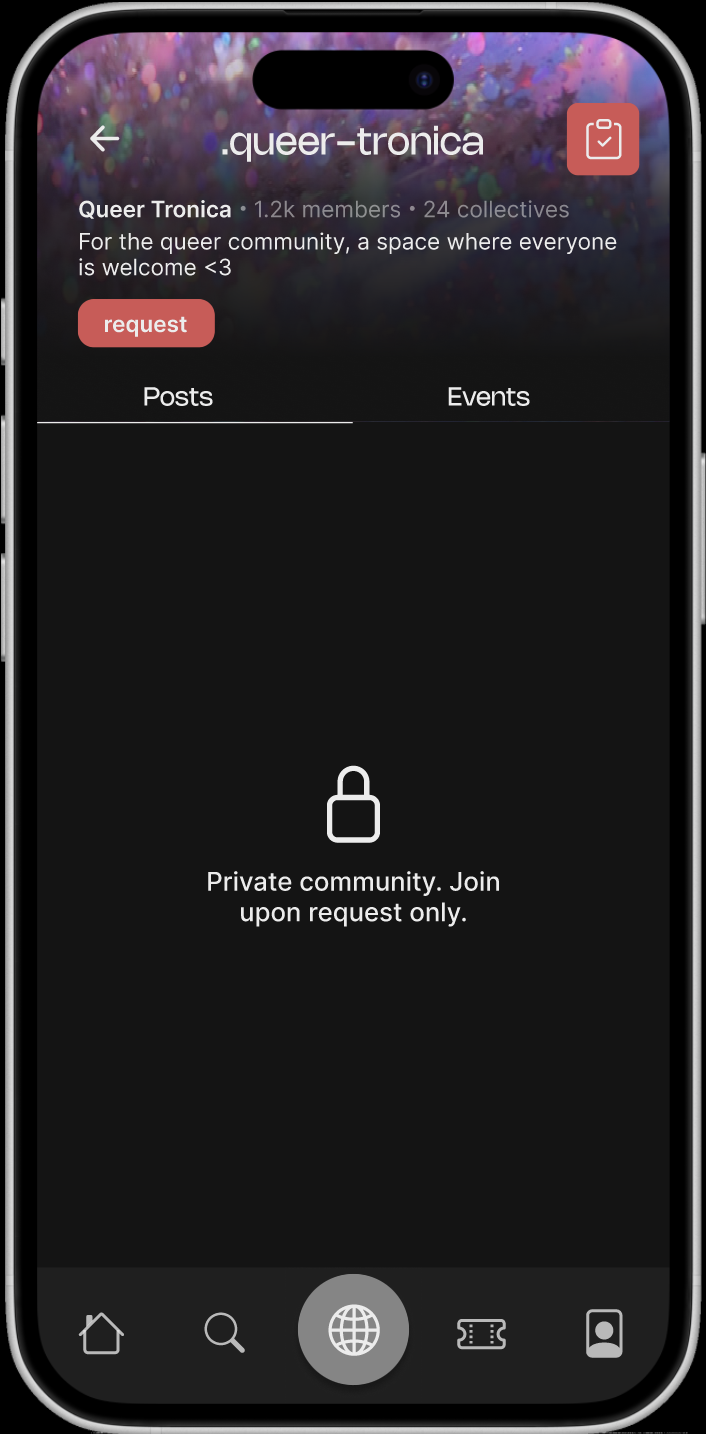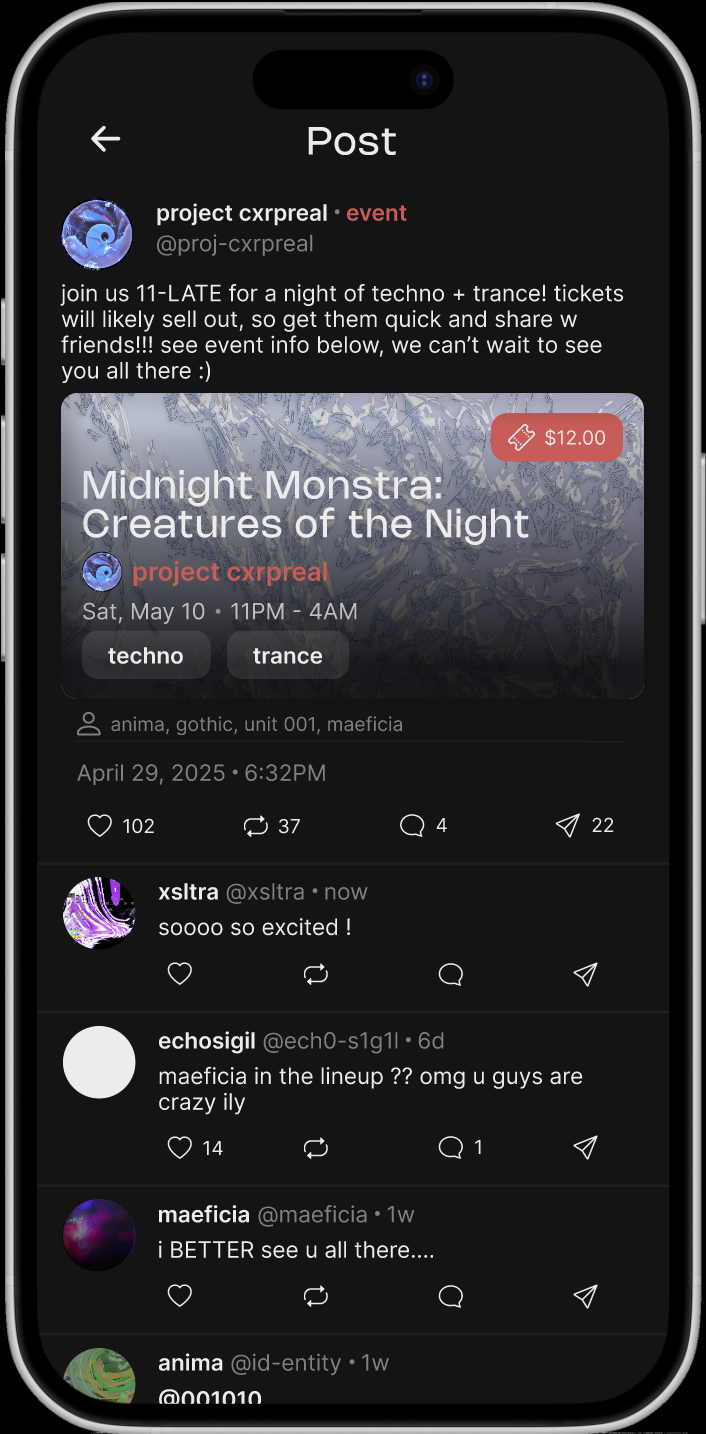
evar.ware case study
Project Overview
Introduction
“Evar.ware“ is a music events app that combines informational, ticketing, and social aspects into one app. It aims to give newcomers and regular ravers alike the opportunity to form and engage in communities, and share music in a way that is safe and fun.
My Role
UX/UI Design, Research, Visual design, Prototyping, Testing
Tools
Figma, Zoom, Google Forms
Goal
The goal of this case study was to make a hi-fidelity prototype of an events app. In local rave communities, the informational, ticketing and social aspects are disconnected. Also, there are many miscommunications between event goers and promoters. The target audience is local music event goers and collectives. Newcomers to the local events scene were important because the barrier to entry can oftentimes be daunting.
Competitive Audit
I began the project with an exploration of current market trends and user needs by conducting a competitive audit of three other local music events apps. This audit gave me a sense of the pros and cons of existing apps, as well as their target audiences and value propositions.
Survey/Interviews
To gain a better understanding of the community, I first conducted a survey to get a broad insight into users’ pain points with existing user flows. From there, I selected a few participants to interview in depth, allowing me to focus on individual experiences. I wanted to understand:
- What are the primary challenges rave-goers face in their user journey for a night out?
- What features would users find valuable in an rave events app?
After conducting user interviews, I compiled results highlighting the most prominent challenges and features. Many participants expressed concern about the multiple apps being used in the scene, causing a disconnect or lack of communication between collectives and event-goers.
primary challenges
- Constant switching between multiple apps
- Lack of communication between collectives + event-goers
- Concerns about safety, especially within BIPOC and LGBT communities
- Difficulty breaking into the scene and finding friends
- Issues with refunds/ticket transfer
desired features
- To access information quickly and efficiently
- To feel safe at raves and have BIPOC and LGBT-friendly spaces
- Be able to share event photos in events folders
User Personas
With these results, I created user personas to represent primary user groups. By imagining the user journey these personas, I was able to better understand the preferences of the average events app user.
Luca
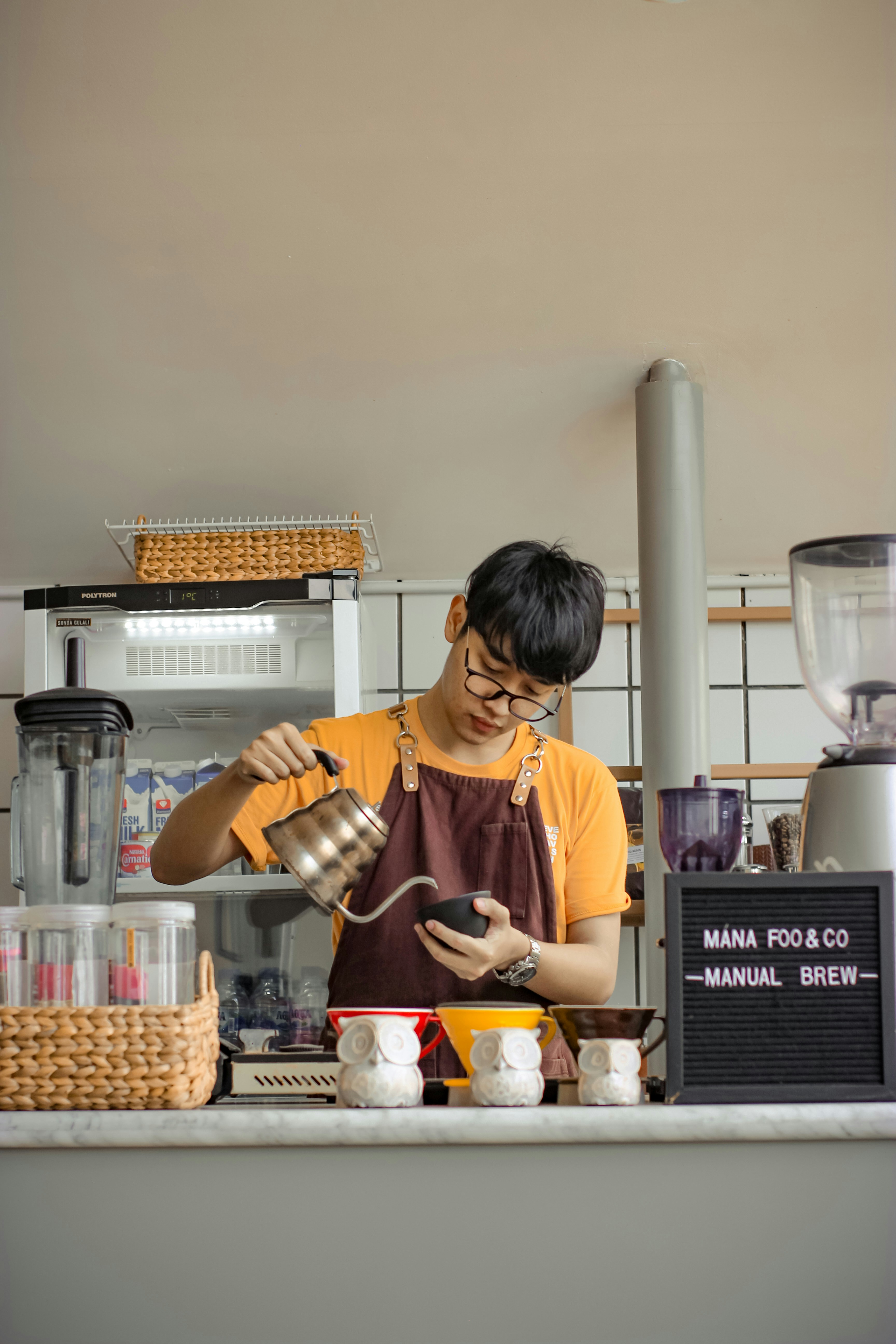
age: 26
pronouns, gender: he/him, trans-masculine
occupation: babysitter, student
family: single, two roommates
location: Chicago, IL
about
Luca works as a babysitter and takes classes at his local community college. He lives in an apartment with two roommates. On weekends, Luca enjoys attending raves with friends, however he feels that using multiple apps leads to miscommunications between collectives and event-goers. As a transgender man, Luca is also concerned for his safety at some events. Luca sometimes has to refund tickets he bought in advance, but has had trouble doing so.
challenges
- Frustrated by the constant switching between multiple apps
- Lack of communication between collectives + event-goers
- Issues with refunds/ticket transfer
goals
- To access information quickly and efficiently
- To feel safe at raves and have LGBT-friendly spaces
May
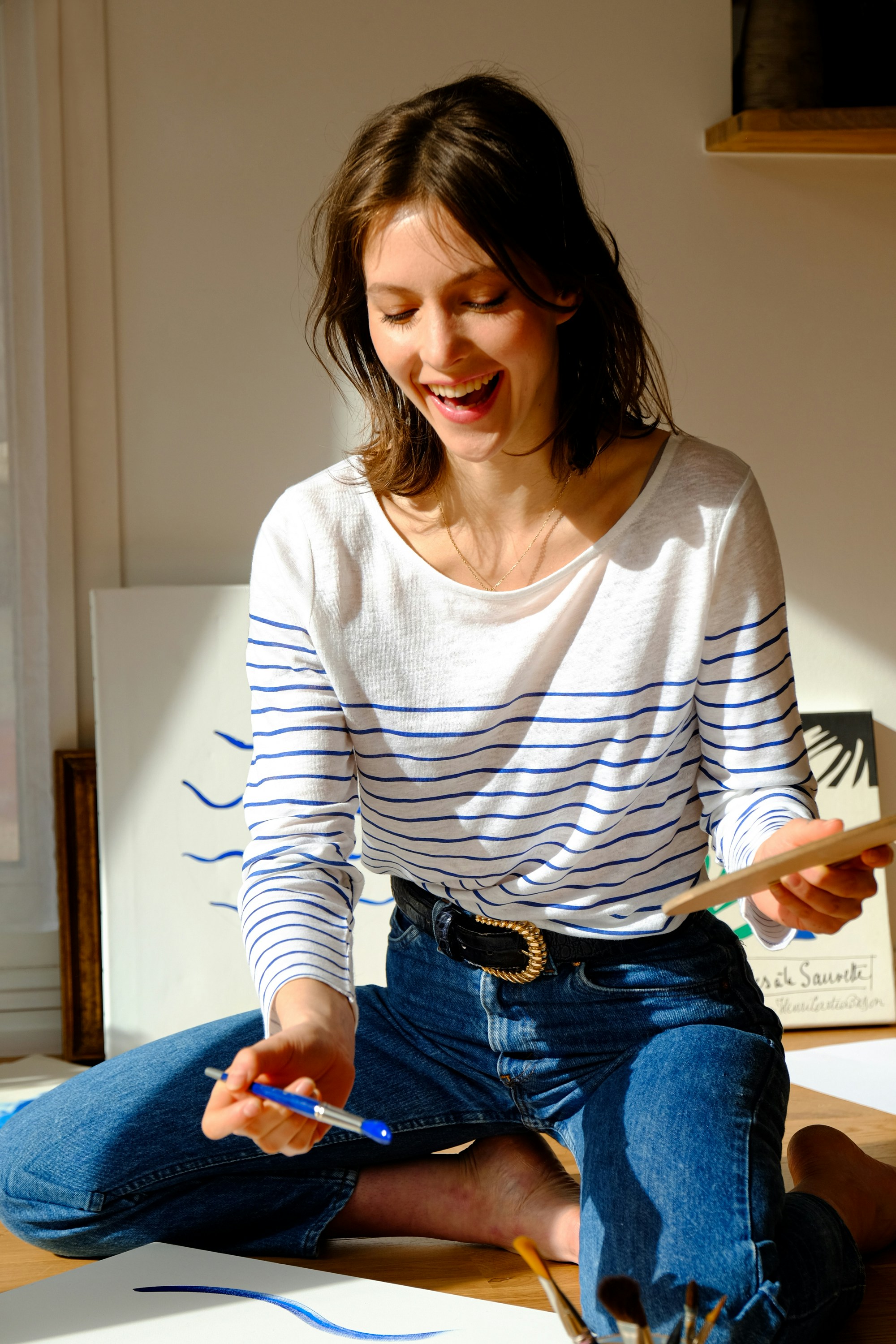
age: 24
pronouns, gender: she/her, woman
occupation: artist
family: living with partner
Location: Chicago, IL
about
May recently moved from New York to Chicago with her partner for an artist residency. She used to attend raves a few times a week in New York and helped create a community there, but she is unfamiliar with the local scene in Chicago. May is busy with her artist residency and wishes the process of finding events was more efficient, as she wants to make new friends. She also hopes to form a new community of rave-goers in Chicago.
challenges
- Unsure how to break into the local scene
- Struggles to find time to navigate event information
goals
- To find raves and navigate the local music scene
- To make friends in a new city
- To help form communities
Scoping
As an app combining multiple components, there were multiple features I wanted to incorporate.
Pages
- Home
- Search
- Community
- My Feed
- Discover
- Communities
- Tickets
- Profile
- Posts
- Events
- Albums
Features
- Invite Friends
- This feature allows users to send an event invitation to friends through a private message. It indicates the number of people going, maybe, or not attending.
- Share Event
- This feature allows users to share an event with friends through private messages.
- Updates Channel
- Users will purchase a ticket, giving them access to an event updates channel. Collectives can give users
- Make Post
- This lets users post a short message, which can be liked, reposted, commented on, and shared.
- Comment
- Users can comment on posts.
- Request Community
- Certain communities can choose to be request only, as this would ensure safety of community members.
Paper Wireframes
After deciding the scope and user flow of the app, I started with low-fidelity wireframes to explore different layouts and navigation options. These went through multiple iterations. I selected the components most suitable for a given page and combined them into new wireframes.
Prototype & Branding
Finally, after deciding on final wireframes, I translated this into a lo-fi prototype in Figma. This prototype mainly focused on the task flow of each feature I wanted to implement. After some usability testing, I moved on to the branding of the app. For the color palette, a dark grey and pale red were used. These colors are often seen on posters and flyers in the rave scene and were used to convey a sense of familiarity or trustability, as they are associated with the music scene as well as other events apps. The choice to have uploaded event flyers communicate most of the information was also important to preserve the sense of community and rave culture.
Conclusion
This project was highly informative in designing an app from scratch. Being able to solve a real-world problem and speaking with individuals in the community throughout the process was a deeply enriching experience that reinforced my appreciation of collaboration, empathy, and impact in creative problem-solving.
